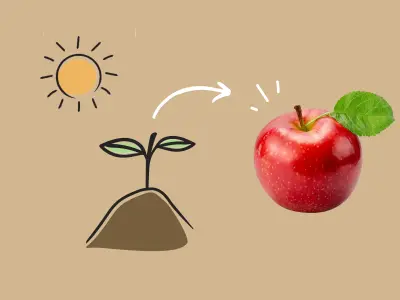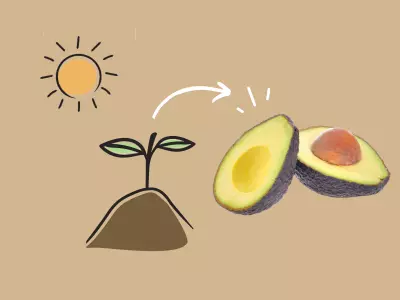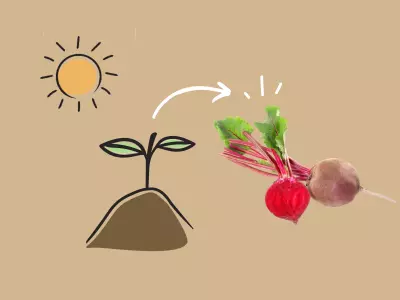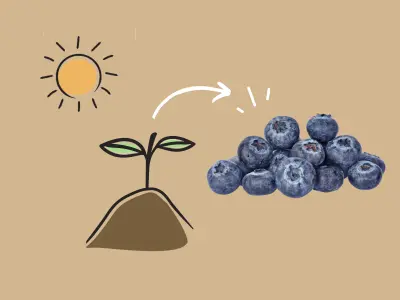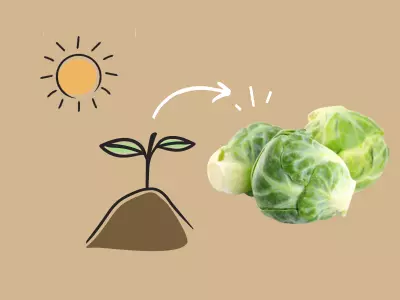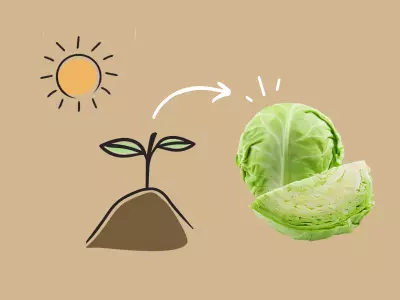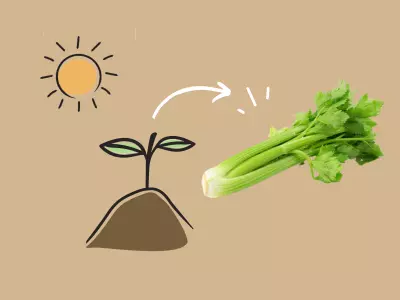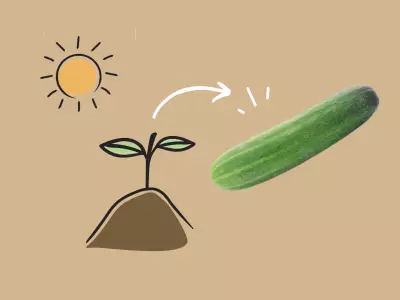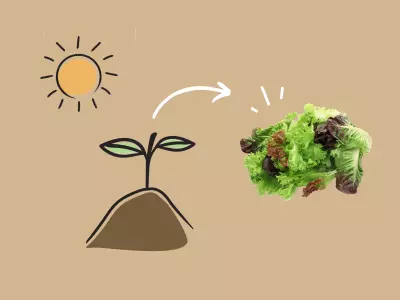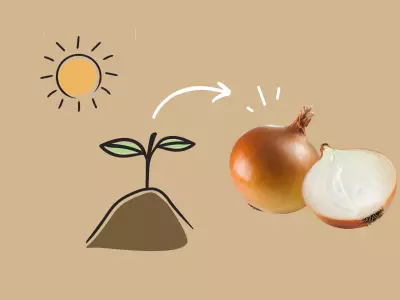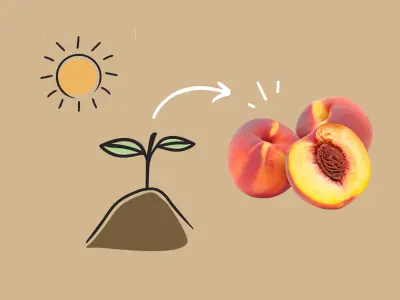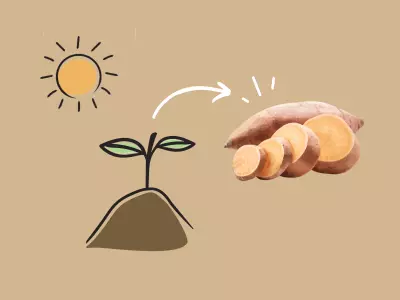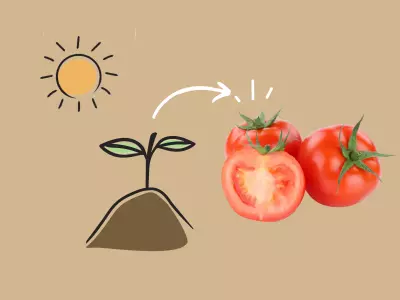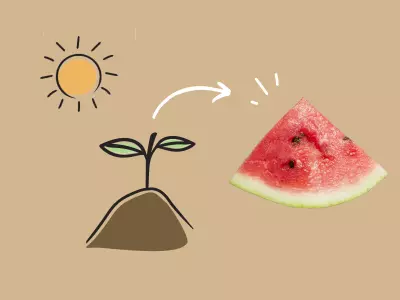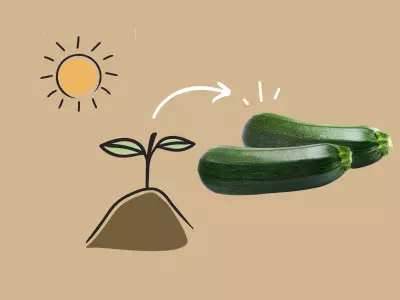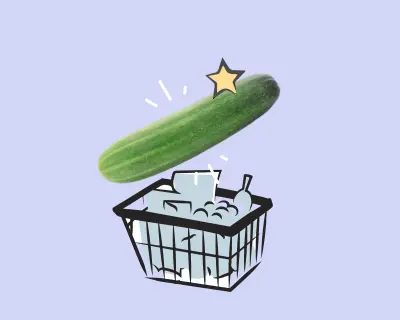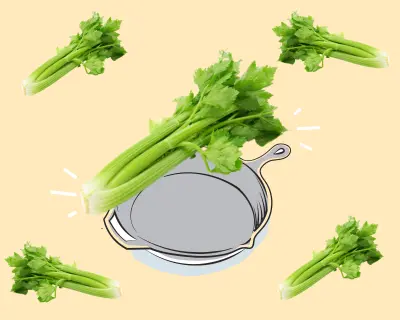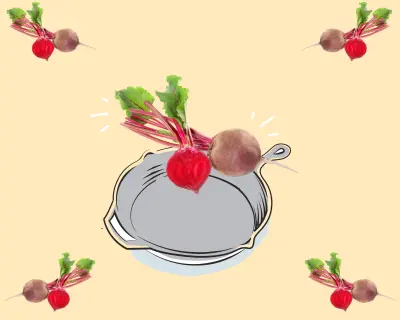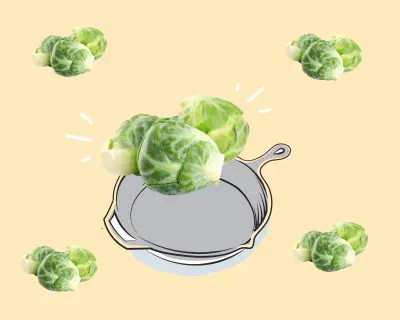Table of Contents[Hide][Show]
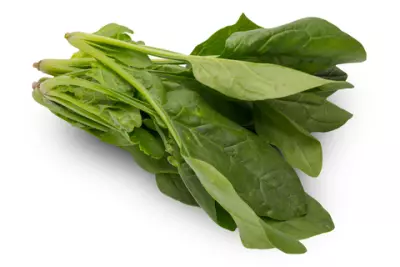
Growing spinach in your vegetable garden is relatively easy under the right conditions – the key to success is all about timing.
Types of Spinach
There are approximately 82 unique spinach varieties, but broadly this vegetable can be categorized into three main types according to leaf texture: savoy, smooth-leaf, and semi-savoy, with many sub-categories within each type!
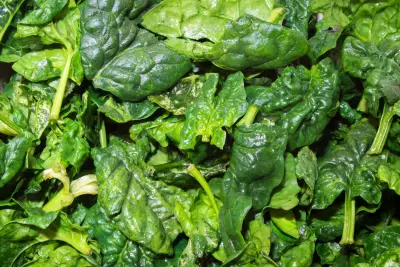
Savoy Spinach is an heirloom variety, sometimes referred to as “curly leaf spinach.” Examples include Bloomsdale and Regiment spinach.
Smooth-Leaf Spinach is characterized by smooth and flat leaves shaped like spades, and is also known as “flat-leaf spinach.” Examples include Corvair and Riverside.
Semi-Savoy Spinach is a hybrid between Savoy and Smooth-Leaf spinach. Examples include Catalina and Tyee.
There are also alternative plants, not actually related to spinach, but with similar texture and taste. Some of these prefer hotter climates, too warm for growing spinach. These include malabar spinach, mustard spinach, New Zealand spinach, and water spinach.
Getting Started
Spinach plants are super cold-hardy, dark green, leafy veggies that thrive in cool weather and short days. Spinach requires six weeks of cool weather from seeding to harvest, so it’s important to seed as soon as you can. For best results start sowing seeds as soon as possible in spring (as early as 6 weeks before the last frost or as soon as you can work the soil). Make small, frequent successive plantings every two weeks until mid-May; and concentrate on late summer or ideally fall as the season for the main crop. It’s even possible to harvest early-spring spinach if it’s planted just before the cold weather arrives as long as young plants are protected from the cold through the winter. And, if you live in a region where the soil doesn’t freeze, you can even plant in February for a March harvest.
Although seeds can be started indoors, seedlings are difficult to transplant so it’s best to sow spinach seeds directly into your garden. Also, keep in mind that spinach seeds don’t store well so it’s best to purchase fresh seeds every year.
Where Best to Plant
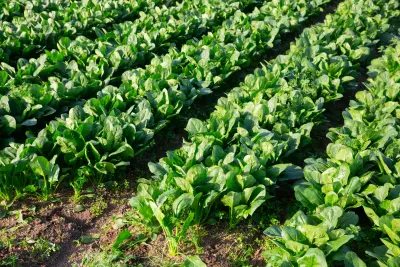
For best results, grow spinach in moist, nitrogen-rich soil, loosened to a depth of at least a foot before planting. Spinach is one of the few vegetables that actually prefer neutral to alkaline soil (pH of 7 or above), and requires a rich organic soil and lots of compost. It needs a lot of water but also requires good drainage (well-drained soil) and does best in partial shade to full sun.
Seeds should be planted an inch to two inches (2.5 to 5 cm) apart in rows 14 to 18 inches apart (35 to 46 cm), ½ inch to 1 inch deep (1.5 to 2.5 cm), covered lightly with soil. The optimal soil temperature for planting spinach seeds is 45°F to 75°F (7°C to 24°C). However, spinach seeds can germinate in soil as cool as 35°F (1.5°C). For best results and quicker germination, aim for a soil temperature between 50°F and 70°F (10°C to 21°C).
Water well, even twice a day, in part to keep soil moist but also to cool the soil – allowing the seeds to germinate. After the seeds germinate, in one to two weeks, and sprouts are about 2 inches (5 cm) high with 2 true leaves, it is important to thin them out to 3 to 5 inches (8 to 13 cm) apart in order to ensure survival of the strongest plants and because overcrowding stunts growth and encourages plants to bolt. Spinach can tolerate the cold, even surviving frost and temperatures as low as 15 °F (-9 °C). Hot weather and long days trigger bolting.
If you are short on space, you can even try growing spinach in pots on a sunny balcony!
Pests & Diseases
Overall, spinach is a resilient leafy green. Common pests affecting spinach include aphids, cutworms, leaf miners, spider mites, caterpillars, slugs, and snails. Diseases affecting spinach plants include fungal diseases like downy mildew and Fusarium wilt. Proper spacing, companion planting, crop rotation, and watering at the base of plants can help prevent these issues.
Harvest Time
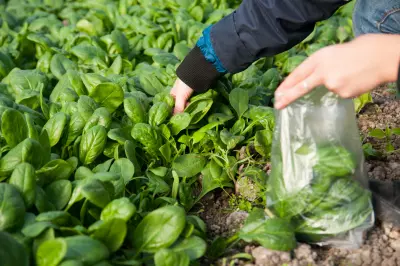
Harvest spinach from your home garden after 6 to 8 weeks when plants have at least six leaves, 3 or 4 inches long (8 to 10 cm), making sure not to let the leaves get too large or they will become bitter. Younger, more tender leaves (a.k.a baby spinach leaves) will have a milder flavor and work really well in salads. When harvesting, pick a few outer leaves at a time from each plant to encourage plants to continue producing. When plants start to bolt, use a sharp knife to cut through the main stem just above the soil surface, harvesting the entire plant.
Spinach is perishable due to its high-water content, so the sooner you eat this nutritious leafy green after harvest the better it will taste! If you need to store spinach, it loves to stay cold so In the refrigerator, it should keep for about a week. Alternatively it can be frozen for later use.
Since there are so many different kinds of spinach to explore, when planting your garden, try planting several different varieties. With varying maturation times and optimal growing conditions you’ll be able to extend your growing season and get fresh spinach over a longer period of time, not to mention that you’ll get to experience different flavors, textures, and nutritional benefits too!
Grow Your Own Garden
If you’re looking for help on how to grow other foods check out these posts!



